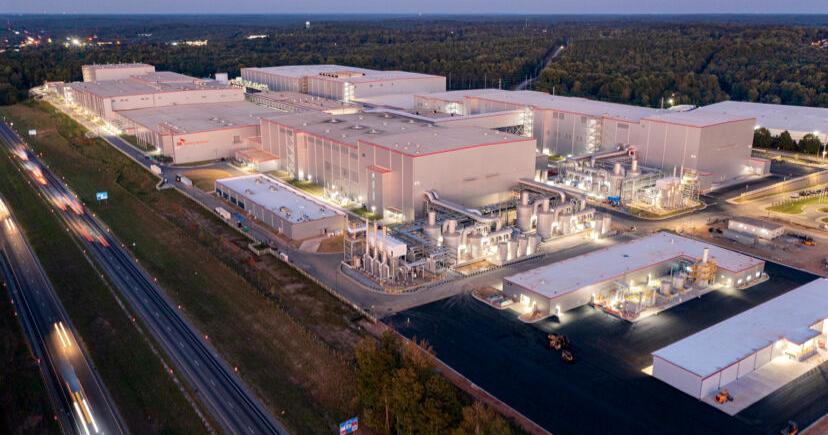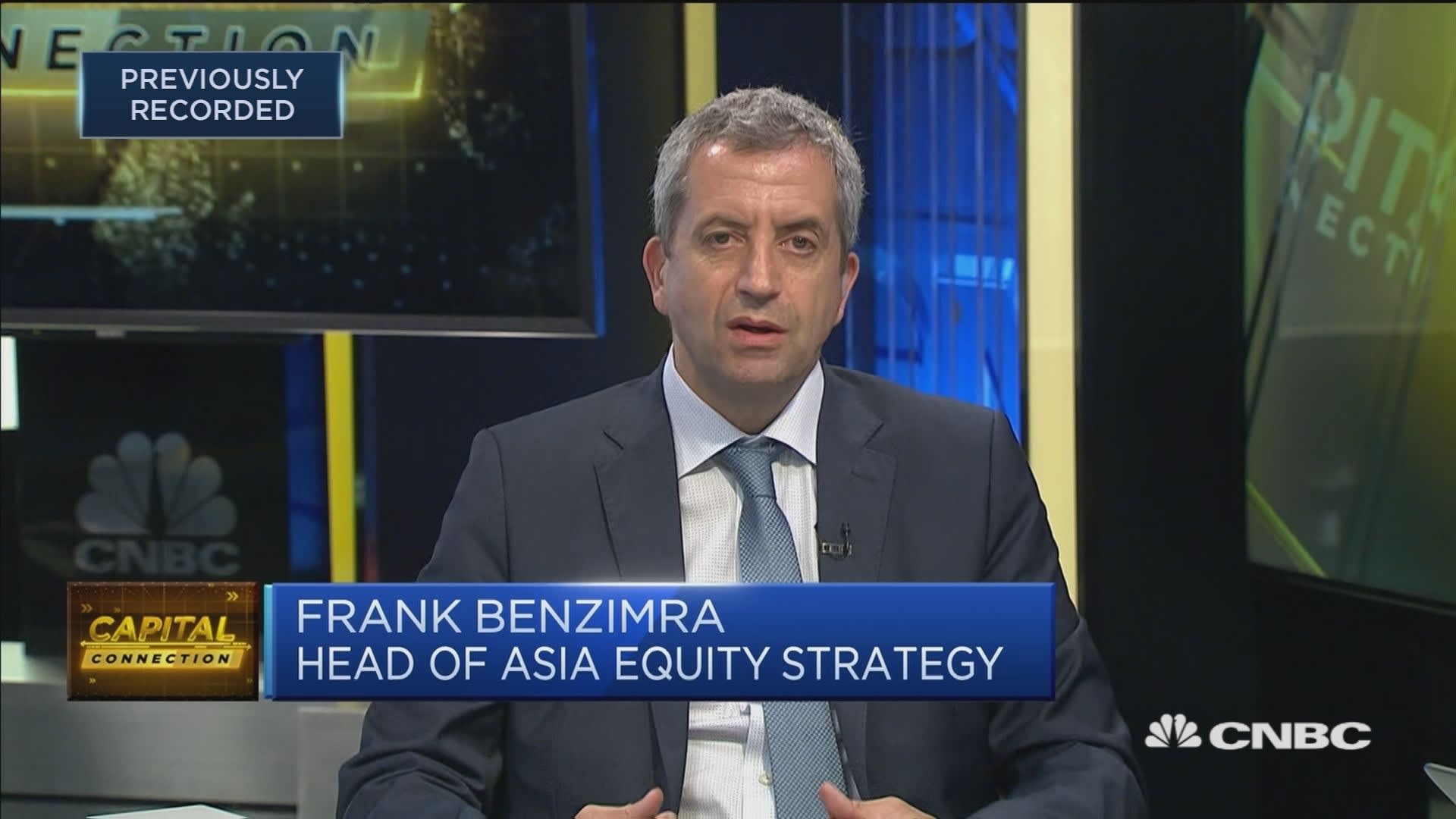Ontario's Honda EV Plant: A $15 Billion Project Facing Delays

Table of Contents
Reasons Behind the Delays at Honda's Ontario EV Plant
The delays plaguing the construction and launch of Honda's Ontario EV plant are multifaceted, stemming from a complex interplay of global and local challenges. Several key factors contribute to the setback:
Supply Chain Disruptions
The global automotive industry continues to grapple with significant supply chain disruptions, and the Ontario Honda EV plant is no exception. This is impacting the timely procurement of essential components, creating significant bottlenecks.
- Global Chip Shortages: The ongoing semiconductor chip shortage continues to plague manufacturers, making it difficult to secure the microchips needed for various EV components, from powertrains to infotainment systems. This affects not only the final assembly but also the production of essential machinery for the plant itself.
- Battery Material Supply Constraints: Securing the necessary battery materials, including lithium, cobalt, and nickel, is proving challenging. The increasing demand for EVs globally has created intense competition for these resources, leading to delays and price volatility.
- Logistics Challenges: Global logistics networks remain strained, with port congestion, shipping delays, and increased transportation costs adding further complexity to the already fragile supply chain. This impacts the timely delivery of both raw materials and finished components.
These EV supply chain issues, along with broader automotive supply chain issues, are significantly delaying the project's progress.
Permitting and Regulatory Hurdles
Navigating the regulatory landscape in Ontario is proving to be a significant hurdle for the Honda EV plant project. The complex web of environmental permits and regulations requires extensive time and resources to navigate.
- Environmental Permits: Obtaining the necessary environmental permits to begin construction and operate the plant is a lengthy process involving environmental impact assessments and compliance with stringent Ontario environmental regulations.
- Land Use Permits and Infrastructure: Securing appropriate land use permits and ensuring the necessary infrastructure (roads, utilities, etc.) is in place is adding to the timeline. This often involves negotiations with local municipalities and addressing potential community concerns.
- Regulatory Approvals: The process of obtaining various regulatory approvals from different levels of government adds further layers of complexity and potential delays. This necessitates careful coordination and meticulous documentation.
These regulatory hurdles are intrinsic to large-scale construction projects in Ontario and are contributing significantly to the project's delayed timeline.
Workforce Challenges
Securing a skilled workforce for both the construction phase and the eventual operation of the Honda EV plant presents another significant challenge. The automotive industry is facing a global skilled labor shortage.
- Skilled Labor Shortage: Finding workers with the specialized skills needed for EV manufacturing, such as robotics technicians and battery specialists, is proving difficult. Competition for these skilled individuals is intense, both within Canada and globally.
- Training and Upskilling: Significant investment in training programs is required to upskill the existing workforce and attract new talent to the EV manufacturing sector. This requires collaboration between Honda, educational institutions, and government agencies.
- Attracting and Retaining Talent: Creating an attractive work environment that attracts and retains skilled workers in a competitive job market is crucial for the long-term success of the plant. This involves offering competitive salaries, benefits, and career development opportunities.
Impact of the Delays on Ontario's Economy
The delays in the Honda EV plant project have significant implications for Ontario's economy, extending beyond the direct impact on job creation.
- Delayed Job Creation: The postponement of the plant's launch translates to delayed job creation, impacting Ontario's employment numbers and overall economic growth. Thousands of jobs, both direct and indirect, are affected.
- Investment Confidence: Delays can negatively impact investor confidence and potentially deter future foreign direct investment (FDI) in Ontario's automotive sector. This undermines the province's efforts to attract international investment.
- Impact on EV Goals: The project's delay hinders Ontario's progress toward its ambitious goals of becoming a leader in EV manufacturing and reducing its carbon footprint. This affects the province's ability to meet its climate change targets.
Honda's Response and Future Outlook for the Ontario EV Plant
Honda has yet to release an official revised timeline for the Ontario EV plant. However, their commitment to the project remains. The company is likely employing several mitigation strategies to address the challenges:
- Supply Chain Diversification: Honda is likely exploring alternative suppliers and sourcing strategies to mitigate the impact of supply chain disruptions.
- Regulatory Collaboration: Increased engagement with regulatory bodies to streamline the permitting process is expected.
- Workforce Development Initiatives: Honda is likely investing in training programs and partnerships to address the skilled labor shortage.
The precise revised timeline remains uncertain, and continued monitoring of official Honda statements and industry news is vital for staying informed.
Conclusion
The $15 billion Honda EV plant in Ontario is facing substantial delays due to a combination of global supply chain issues, regulatory hurdles, and workforce challenges. These delays carry significant implications for Ontario's economy, job market, and EV manufacturing ambitions. While Honda is actively working to overcome these obstacles, the project's future remains subject to evolving circumstances. Staying informed about the progress of this crucial project is essential. Continue to research the challenges and opportunities surrounding the Ontario Honda EV plant and its impact on the future of electric vehicle manufacturing in Canada. Follow updates on the Ontario Honda EV plant and its impact on the automotive industry.

Featured Posts
-
 Colorado Rapids Defeat Opponent Calvin Harris And Cole Bassett Score Zack Steffens 12 Saves
May 16, 2025
Colorado Rapids Defeat Opponent Calvin Harris And Cole Bassett Score Zack Steffens 12 Saves
May 16, 2025 -
 Understanding Creatine Is It Right For You
May 16, 2025
Understanding Creatine Is It Right For You
May 16, 2025 -
 Boston Celtics Sold For 6 1 B Fans React To Private Equity Takeover
May 16, 2025
Boston Celtics Sold For 6 1 B Fans React To Private Equity Takeover
May 16, 2025 -
 Sheikh Hasinas Awami League Blocked From Bangladesh Election
May 16, 2025
Sheikh Hasinas Awami League Blocked From Bangladesh Election
May 16, 2025 -
 Chinas Top Advisors On The Frontline Of Us Dealmaking
May 16, 2025
Chinas Top Advisors On The Frontline Of Us Dealmaking
May 16, 2025
